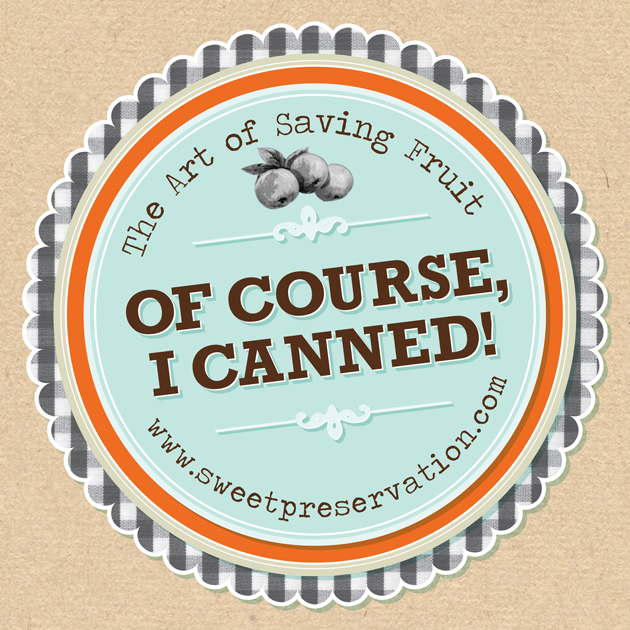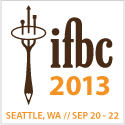~ All About Canning Jars ~
Inspecting the Jars: First, examine your jars for any defects, nicks, cracks, unevenness, etc.
Sterilizing or washing, which one is right for you?
If your jams, jellies or pickled products are going to be processed for 10 or more minutes in a boiling water bath, washing the jars first is suitable.
All jams, jellies, and pickled products which are going to be processed less than 10 minutes should be filled into pre-sterilized jars only.
Washing the jars: Wash your useable jars (old or new) in hot, soapy water and rinse thoroughly, or run them through the dishwasher. Tip: Do not use anything abrasive on your jars as this may damage the glass.
Sterilizing the jars: Put them right side up on the rack in a boiling-water canner. Fill the canner and jars with hot (not boiling) water to 1 inch above the tops of the jars. Boil 10 minutes at altitudes of less than 1,000 ft. At higher elevations, boil 1 additional minute for each additional 1,000 ft elevation. Leave the jars in the canner in simmering, not boiling, water until ready to use, adding more water occasionally if needed.
Heating the Jars: (If you sterilized your jars, they will probably still be in a pan of hot water. If not, please continue reading.) Before filling your jars they need to be heated so they don’t break during processing. Place jars in a pan with enough water to cover the tops of them. Bring the water to a gentle simmer on your stove top. Keep jars in the simmering water until they are ready to be used. Remove the jars from the hot water, one at a time, as you are ready to fill them. Add more water occasionally, if needed.
Lids and Bands: Choose the appropriate sized lids and rings (screw-on bands) for the jars you will be using. Inspect them for defects and damage. Wash lids and bands in hot, soapy water, then rinse in hot water and let dry.
Important: Be sure to use only new/unused lids each time you can. The rings (screw-on bands) are reusable, but only if they are free from rust or dents.








